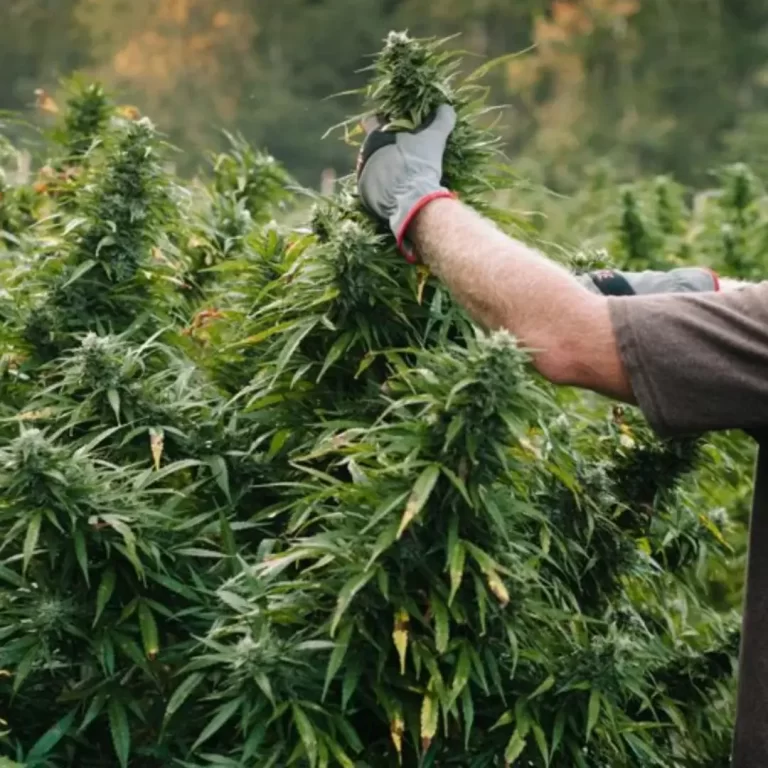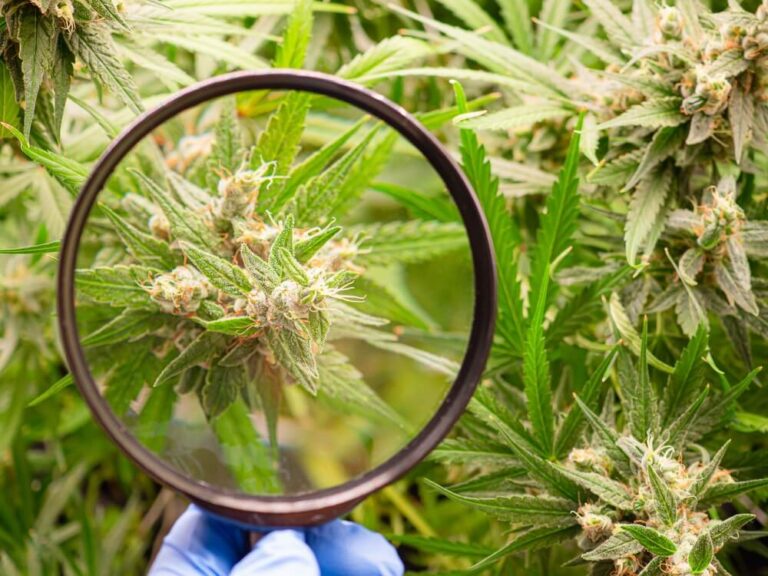
Why Federal Legalization Remains Complicated
- Cannabis News
- Cannabutter Digest
More and more states are exercising their right to legalize cannabis for medicinal and recreational use. However, many retailers and cultivators face financial and legal hurdles because cannabis remains categorized as a Schedule I illegal substance at the federal level. Polls conducted by the Pew Research Center indicate Americans are overwhelmingly in favor of legalizing marijuana for medical and recreational use. Only one in ten people say cannabis should not be legal at all.
So, if numerous states legalize and support cannabis cultivation and consumption and a majority of Americans support the legalization of cannabis cultivation and consumption, why isn’t the federal government on board yet? What is stalling cannabis reform at the federal level? Unfortunately, there is no simple answer to the question.
Cannabis has a long and sorted history in the United States, dating back to the 1960s. Legalizing cannabis today means navigating a complicated path filled with bureaucratic red tape and tiptoeing through numerous federal agencies.
The History of Cannabis in the United States
As far back as the 1600s, hemp was cultivated in America for rope, sails, and clothing. The government at the time encouraged farmers to cultivate hemp going as far as the pass legislation requiring American farmers to grow the plant. After the Mexican Revolution of 1910, immigrants from Mexico introduced the U.S. to recreational marijuana. Unfortunately, because of fear and resentment surrounding Mexican and Hispanic communities at the time, marijuana developed a bad reputation. Propaganda, anti-drug campaigns, and anti-immigrant sentiment fueled the “marijuana menace.” By the 1930s, as the Great Depression set in, fear of Mexican laborers intensified as unemployment increased and everyone vied for the few jobs available.
Marijuana and hemp had their ups and downs in the decades that followed. However, perhaps some of the most significant changes impacting marijuana and marijuana culture happened in the 1960s. Marijuana boomed during the 1960s thanks to its popularity in the counterculture movement. Times were turbulent. America’s continued presence in Vietnam fueled anti-war protestors, a thorn in the side of then-President Richard Nixon. Today, aides to the former president have revealed that Nixon’s anti-drug and marijuana sensibilities were born from his hatred of the anti-war left and African-Americans.
According to his policy chief John Ehrlichman, Nixon said, “You understand what I’m saying? We knew we couldn’t make it illegal to be either against the war or black, but by getting the public to associate the hippies with marijuana and blacks with heroin. And then criminalizing both heavily, we could disrupt those communities.”
The Controlled Substances Act of 1970 categorized marijuana as a Schedule I illegal substance, meaning it has no acceptable medicinal value and a high potential for abuse. By 1972, a bipartisan committee called the Shafer Commission, appointed by President Nixon himself, considered laws over marijuana use and called for the personal use of cannabis to be decriminalized. Nixon rejected the suggestion.
Modern Marijuana Laws
After decades of what appeared to be failed drug policy, states started to move independently, electing to legalize medicinal and recreational cannabis individually. Washington and Colorado were the first states to legalize recreational use of marijuana, and soon, more states followed suit. However, the Capitol remained steadfast in its lack of support for the cannabis reform movement. Unfortunately, without federal aid or intervention, cannabis retailers and cultivators continue to face legal challenges to growing their businesses. One problem is access to financial services and capital, meaning the cannabis industry must rely on a dangerous cash-only business model.
Why are change and evolution so challenging at the federal level? Consider the two paths toward decriminalization or legalization. First, one could follow the legislative path toward cannabis reform. The legislative path relies on Congress drafting reform legislation, passing it in both chambers of Congress, and submitting the measure to the President for signature. Over the years, Congress has tried to get lawmakers on board with cannabis reform only to fail to gather the votes necessary to pass meaningful legislative reform. Congressional Republicans have historically voted against cannabis reform and legalization. Without bipartisan support, most legislation has little chance of passing the House and the Senate and hitting the President’s desk.
Somewhat similar concerns plague the administrative path toward change. The administrative avenue means following a formal rulemaking process. However, this process spans numerous federal agencies and, in the case of cannabis, could involve the U.S. Secretary of Health and Human Services and the U.S. Attorney General. Addressing each body’s concerns can be complicated and time-consuming. Some estimates show the administrative process can take nine years on average to complete. These administrative policy changes are at risk of failing every time a new administration takes office. At most, one President can only remain in power to push policy for eight years or two terms in office.
Moving Toward Future Progress
Recently, President Joe Biden has pushed the envelope on cannabis reform. In 2022, President Biden announced he would pardon all prior Federal offenses of simple possession of marijuana, pushing states to do the same. It could be step one to shifting cannabis policy discussions and moving the needle toward the potential decriminalization of cannabis at the federal level.
President Biden also asked the Secretary of Health and Human Services and the Attorney General to investigate the administrative process of reviewing how marijuana is scheduled under federal law. Another possible step is attempting to shift the cannabis mirative at the federal level. Unfortunately, change on Capitol Hill moves at a snail’s pace. Getting numerous federal agencies and lawmakers with differing viewpoints to come to a consensus on reform remains challenging but worth fighting for. In the meantime, individual states continue to navigate the path of legalization alone as they wait for federal lawmakers to catch up.
Are you looking for more insightful cannabis content? Bookmark Cannabutter Digest. We are your number-one spot for cannabis content and news. You can find news, tasty recipes, and cannabis-related product reviews at Cannabutter Digest.






